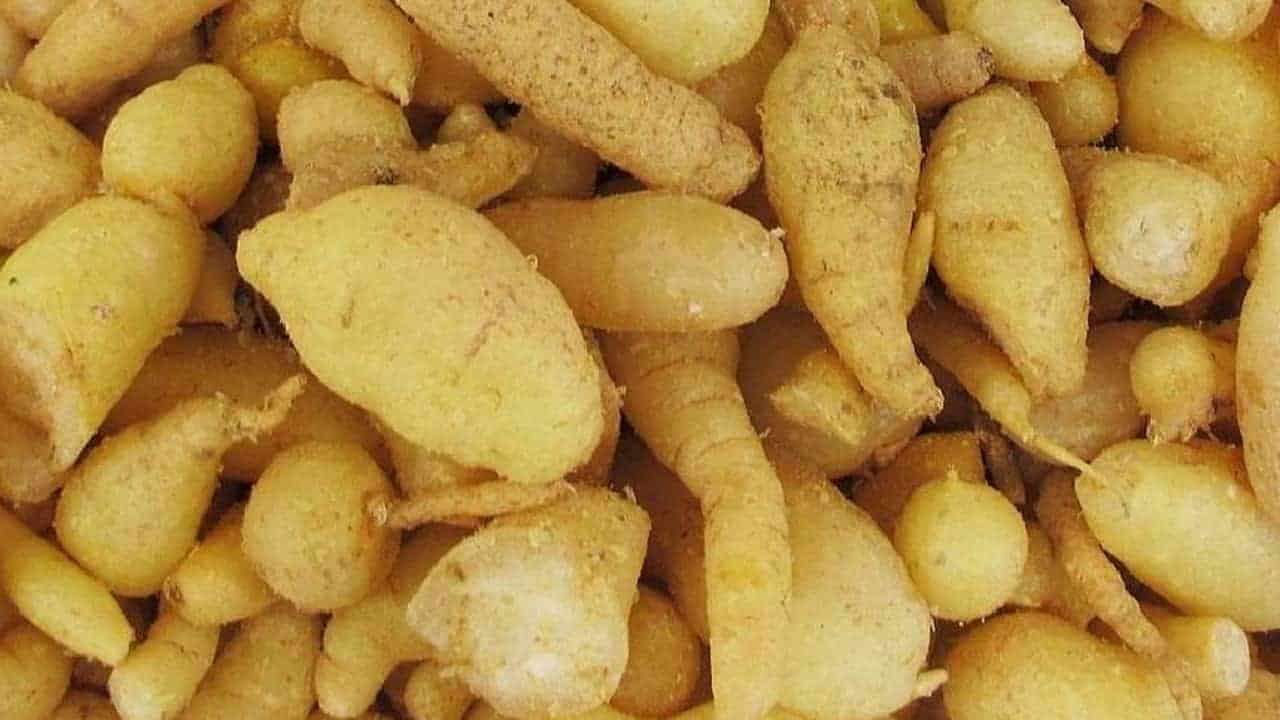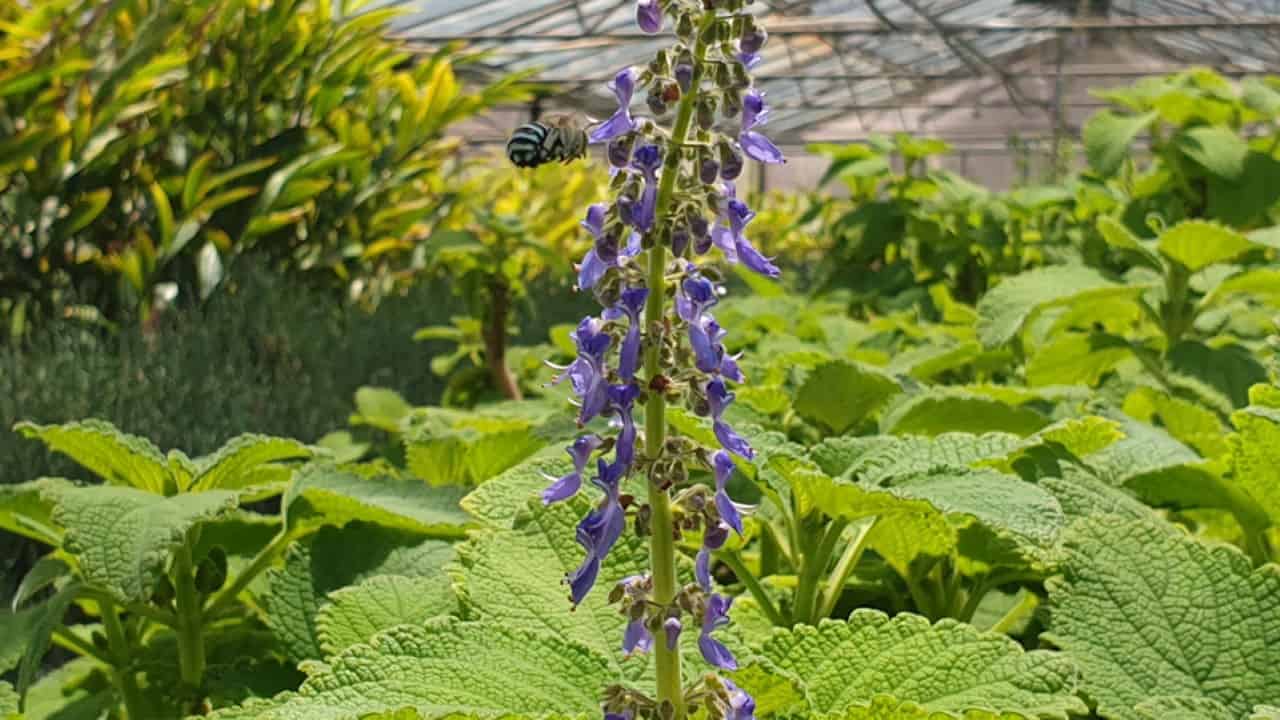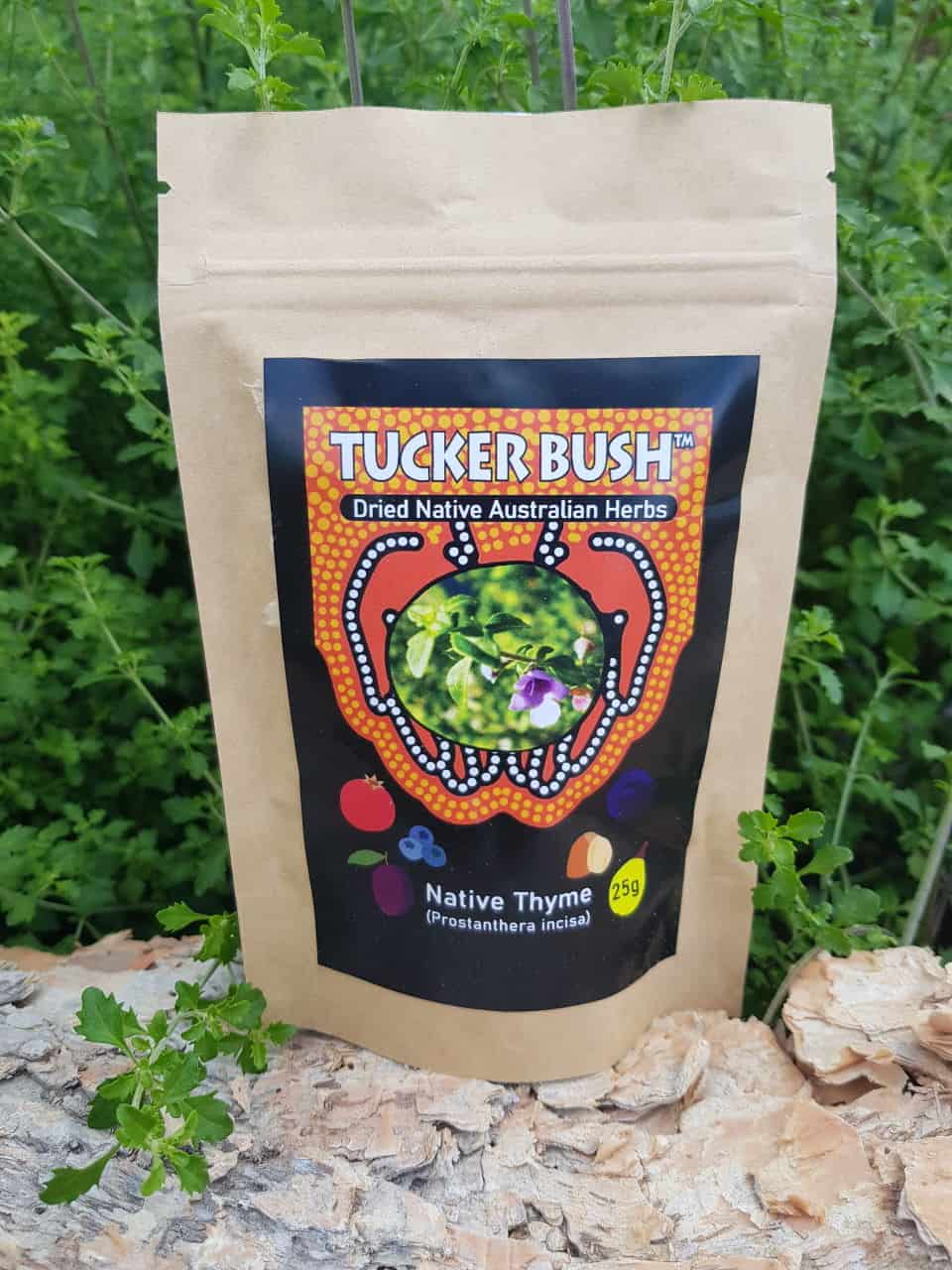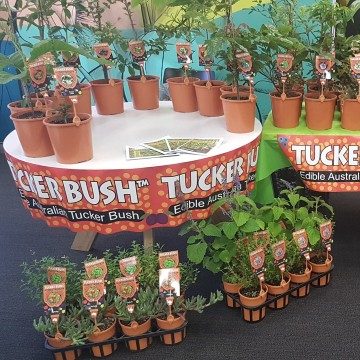The real question is: why not?
Native bushfood has soared in popularity in recent years. What was once a largely ignored outback quirk has risen to remarkable heights of prestige in the fine dining scene. And it’s great news! With native tucker taking pride of place in Australian cuisine, they not only become more available to a curious and hungry public, but we also see the preservation of rare and curious species found only in our sunburnt country.
Everyone benefits from today’s bushfood movement. Whether you identify as a foodie, a green thumb, or a part of the local wildlife, there are many reasons why now is the perfect time to plant an edible native in your backyard.
A truly Australian flavour
Native edibles bring truly unusual flavours and textures to recognisable dishes. Like Bush Basil, for example, also called the “Five Spice Plant” for its complex aroma. Used in place of sweet basil, it can add greater depths of flavour to salads, pizzas and pesto sauces.

Youlk (aka. “Ravensthorpe Radish”)
Among other native favourites are the Youlk (aka. “Ravensthorpe Radish”), known for its apple-like texture and hints of eucalypt; Muntries, a sweet and spicy berry that may be used in place of currants; and the very popular Midyim Berry, a sweet and tangy blueberry-like fruit that tastes like gingerbread.
While some native edibles may have similar cousins overseas, the species specific to this region evolved and adapted under our unique environmental conditions, and can only be found in Australia. Such niche availability means there’s a lot the world has yet to learn about these plants. Researchers are only just beginning to discover the immense nutritional and medicinal potential of some of our native species. With new findings constantly coming to light, who knows — that humble Aussie herb in the corner of your garden could well turn out to be the next big superfood.
Gourmet ingredients at your fingertips
Although bushfoods have become more commercially available over the years, it’s still not common to see the likes of red and yellow Finger Limes at the local supermarket. And good luck finding Murnong Yam to serve with your next Sunday roast — those coconut-ty tubers are even harder to get hold of.
We’re so often at the mercy of the market, which can mean waiting years for even the most prolific wild vegetables to show up in stores. And because many bushfoods can so easily substitute conventional ingredients, it’s an even bigger shame when we’re forced to miss out.
Here’s where garden enthusiasts, homesteaders and “kitchen witch” types have a distinct advantage. Nursery-grown native plants, specially selected for taste and ease of growing, are already available in WA and throughout Australia, putting these still somewhat ‘rare’ ingredients very much within reach.
Our soils, our climate, our ecosystem
Last year, bees were declared the most important species on Earth. In Australia alone, there are around 2,000 species of native bee, many of which have co-evolved with our native flora and are only capable of foraging on those plants.
Thinking “native first” when it comes to the garden ensures endangered Australian bee populations don’t get shut out of their native habitat. You’ll have all bees covered when you plant native flowers, even the exotic honeybees, which aren’t endangered at all and can forage on a much wider variety of plants.

Bush Basil – Plectranthus graveolens
Beyond bees, growing native edibles come with myriad other garden benefits. Not least of which is that these species are acclimated to our soils and climate, making them far easier and more convenient to grow than their thirstier, fussier counterparts.
A natural experience
Growing your own food can be a therapeutic and satisfying experience for everyone. For young kids especially, an edible garden can help them develop “nature smarts” from an early age. They won’t even realise they’re learning, as they absorb working knowledge about plants, water, soil, bugs and — most importantly — where their food comes from.
By and large, the world is increasingly recognising the social, health and environmental benefits of living with plants. According to the 2020 Plant Life Balance Trend Report, Google searches of “native plant nursery” have increased by 44% in Australia over the past five years, while 2019 saw 18 million Australians purchasing a plant (or more) for their home.
It’s no wonder, given that studies have revealed gardening to be an excellent way to practice mindfulness, manage stress, and even help relieve symptoms of mental health issues. More and more people seem to crave that stronger connection to nature that their garden can offer.
Getting back to our roots
While it might not seem like it on the surface, choosing to grow a native bushfood plant alongside your exotics taps into centuries of local culture that mainstream folk have yet to catch up with.
Aboriginal tradition covers a wealth of knowledge — new and old — about the land we live on, knowledge that helped generations upon generations of their ancestors thrive in harmony with this harsh environment. Translated to English as “connection to country”, this vital aspect of Indigenous culture recognises how much all of us depend on nature, and how much nature depends on us.
By planting just one native edible in your backyard, you become part of a greater cultural shift that contributes to this country’s cultural and ecological diversity — whether you stop at just one native berry bush or embark on a long and colourful Australian journey.




